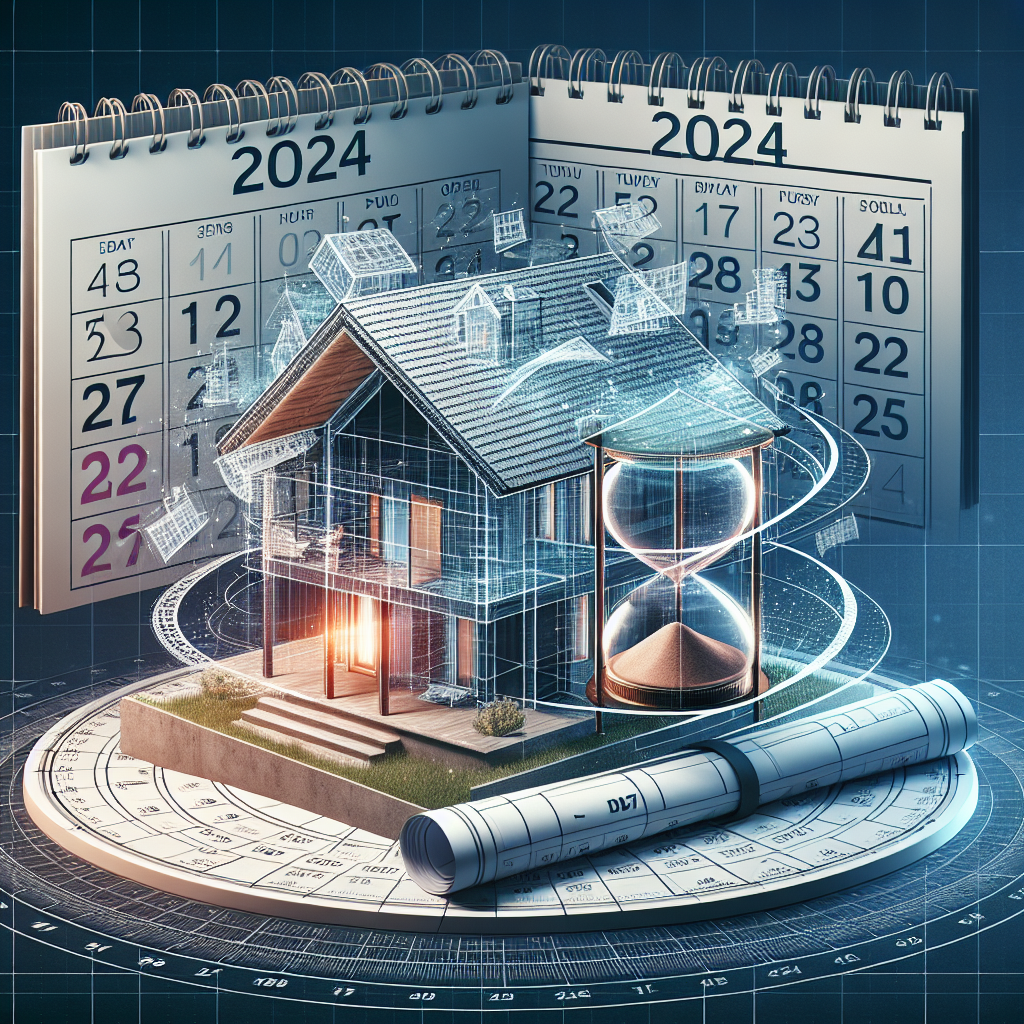Timing is Everything: The Ultimate Guide to Buying a Home in 2024
As we step into 2024, the real estate landscape is evolving rapidly, shaped by shifting market dynamics, interest rates, and societal trends. For prospective homebuyers, understanding the intricacies of timing can be the difference between securing a dream home and missing out on a golden opportunity. In this guide, we’ll delve into essential considerations for timing your home purchase effectively this year. Understanding Market Cycles Seasonal Trends Real estate often operates in cyclical patterns. Traditionally, spring and summer are the peak seasons for home buying. More properties tend to be listed during these months, giving buyers a wider selection. However, with increased demand comes heightened competition, leading to potential bidding wars and price hikes. If you’re looking for a bargain, consider house hunting in the fall or winter. During these months, the number of listings decreases, but motivated sellers are often more willing to negotiate. Economic Indicators Interest rates, inflation, and economic growth all influence the housing market. As we start 2024, monitoring the Federal Reserve’s policies and market responses is crucial. Keep an eye on reports about inflation and the economy, as these will impact mortgage rates. A prospective buyer should be prepared to act quickly if interest rates begin to trend upward, as rate increases can significantly raise monthly payments and limit purchasing power. The Role of Interest Rates Locking in Rates As of early 2024, mortgage rates continue to fluctuate based on economic conditions. If you find a reasonable rate, consider locking it in, especially if the market signals potential increases. Even a small adjustment in your interest rate can translate to thousands of dollars over the life of a mortgage. Evaluate your financial situation, and consult with a mortgage advisor to understand the implications of current rates on your affordability. The Impact of Loan Type Different mortgage products respond differently to interest rate changes. Fixed-rate mortgages remain steady throughout their terms, while adjustable-rate mortgages (ARMs) may start with lower payments but can increase significantly after an initial fixed period. Assess your financial stability and risk tolerance when choosing a loan type, as this will affect your long-term budgeting and planning. Recognizing Local Market Conditions Neighborhood Insights Real estate isn’t a one-size-fits-all market. Local conditions can vary dramatically from one area to another. Research neighborhoods to understand the supply and demand dynamics and what the local market forecasts for 2024 look like. Engage with local real estate agents to gain insights into market conditions. They can provide valuable information about recent sales, current listings, and overall trends in specific areas. The Importance of Timing in Local Markets In some markets, certain times of the year may be more favorable for negotiation. In others, anticipating projects like new developments or infrastructure updates can give you an advantage. Timing your purchase with local market conditions means staying informed about upcoming changes that could affect property values. Preparing to Buy Getting Pre-Approved Before diving into your home search, getting pre-approved for a mortgage is a vital step. This not only clarifies your budget but also strengthens your position in negotiations. Sellers are more likely to consider offers from buyers who have taken this step, knowing that financing is already secured. Building Your Team Having a robust team of professionals can help you navigate the complexities of buying a home. Partner with an experienced real estate agent, a knowledgeable mortgage broker, and perhaps an attorney to guide you through the process. Their expertise can prove invaluable as you explore various buying scenarios and timing opportunities. Closing Considerations Avoiding Rushing While the urgency of market trends can push prospective buyers to act hastily, it’s crucial to take your time and ensure that you are making a well-informed decision. Rushing into a purchase can lead to buyer’s remorse, particularly if you overlook important factors such as the home’s condition or the potential for future growth in the neighborhood. Timing for Close Finally, consider the timing of your closing. End-of-month closings often result in fewer days to pay interest and can provide beneficial financial savings. Consult your real estate professional to determine the most advantageous closing time frame that meets your needs. Conclusion In conclusion, 2024 presents both challenges and opportunities in the real estate market for homebuyers. Understanding timing—seasonal trends, economic indicators, and local market conditions—can empower you to make informed decisions throughout your home-buying journey. By doing your research, preparing financially, and being ready to act when the time is right, you’ll enhance your chances of securing your dream home in this dynamic landscape. Remember, when it comes to buying a home, timing truly is everything.










